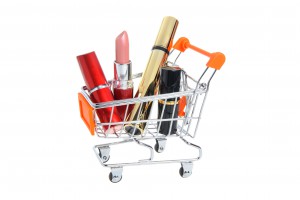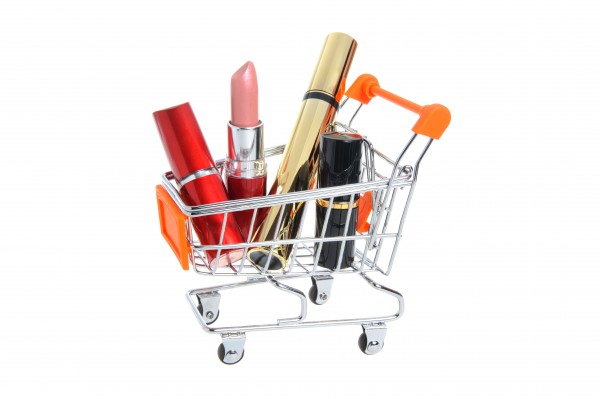According to beauty analyst bU Australasia, the fall in the Aussie dollar is giving the beauty industry a boost.

It seems the old economic adage is true: when times get tough, lipstick sales go up. And it’s not just lippy enjoying a spending spree. The numbers are in for this June half, and according to market analyst bU Australasia, domestic beauty sales as a whole, are on the up.
Despite consumer confidence surveys saying things generally feel bleak, it seems consumers are still happy to spend when it comes to beauty. Total beauty and cosmetic sales in Australia rose 6.7 per cent in the first half of the year, which is nearly double the 3.6 per cent rate of growth in the same period for 2014. The report shows that brands at the top end of the market are making even more gains, with prestige beauty brands enjoying an 11.8 per cent rise in sales; an impressive improvement compared to the 7.9 per cent increase in the first half of 2014 and the 5.1 per cent gain in 2013.
Department stores enjoyed a major upswing with sales rising 10 per cent, lending them the equivalent of a 23 per cent market share. Pharmacy sales, dominated by Priceline and Chemist Warehouse, increased 8.4 per cent in the first half, allowing them a 33.1 per cent piece of the domestic cosmetics market pie.
The strong domestic results are partly due to increased Chinese visitors to Australian shores this year (up 20-25 per cent on last year). Their love of beauty products, coupled with a desire to buy the safe, reliable and regulated products sold in Australia, and the falling dollar (which effectively makes everything cheaper) has been positive for local beauty sales. For similar reasons, Australian-Chinese are also boosting the beauty economy by sending products back to friends and family in China.
Another reason for this booming beauty moment is the falling dollar is making overseas websites, which in 2012 seemed filled with bargains, feel more expensive. Australian consumers are letting their feet do the talking and actually walking through real life doors to get their beauty fix – a term coined by economists as “onshoring”. But although internet spending has taken a hit, don’t think the web has had its day. Far from it, consumers are still clicking, they’re just staying in the .com.au sphere for now.
Have your say: Has this fin half been positive for your business? Are your clients spending more?

